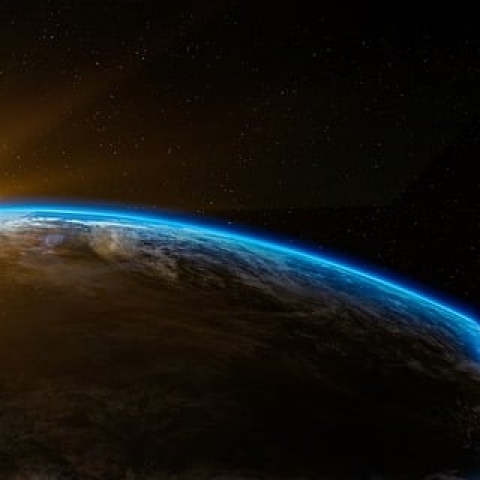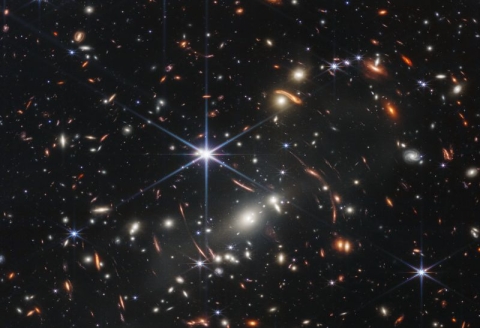

Dr Lovell's work is being used to understand and characterise some of the earliest forming galaxies
18 January 2024
4 min read
A University of Portsmouth scientist has won an award for his work on modelling galaxies in the early universe.
Dr Chris Lovell received the 2024 Winton award from the Royal Astronomical Society (RAS).
His work is being used to understand and characterise some of the earliest forming galaxies discovered recently by the James Webb Space Telescope.
The RAS gives the Winton award each year to exceptionally promising post-doctoral scientists at UK institutions whose careers show the most promise.
It was awarded to Dr Lovell because of his research interest in the modelling of galaxies in hydrodynamical simulations, particularly in the early universe. He was also recognised for his keen interest in developing and applying novel machine-learning techniques to astrophysics.
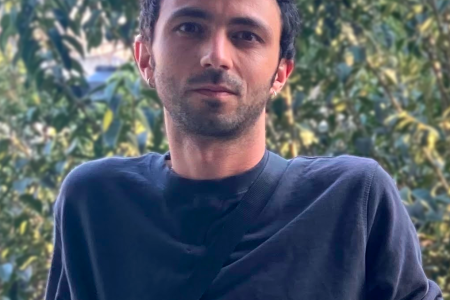
It’s amazing to be recognised by the Royal Astronomical Society and I’m honoured to receive this award. This nascent period in the universe’s history is now being probed in exquisite detail by cutting-edge observatories like the James Webb Space Telescope. It’s a very exciting time to be involved!
Dr Chris Lovell, Research Fellow
Dr Lovell, from the University’s Institute of Cosmology and Gravitation, said: “My research interests span a broad range of topics in galaxy evolution, though I am particularly focused on early galaxy formation in the first billion years after the Big Bang, when the first stars and galaxies emerged.
“It’s amazing to be recognised by the Royal Astronomical Society and I’m honoured to receive this award. This nascent period in the universe’s history is now being probed in exquisite detail by cutting-edge observatories like the James Webb Space Telescope. It’s a very exciting time to be involved!”
One of the most challenging classes of galaxy to model are the dusty galaxies discovered in submillimetre surveys, galaxies which have exceptionally high star-formation rates.
It has been difficult to produce these galaxies in simulations, but Dr Lovell has shown that realistic ‘submillimetre galaxies’ can be formed in cosmological hydrodynamic simulations.
This important step forward is now allowing us to explore the properties of these galaxies in more detail, making possible detailed comparisons between the model and observations to motivate future observational programmes.
You might also like...
Dark Energy Survey provides unprecedented detail on the expansion of the universe
A decade-long analysis of nearly 1,500 supernovae sheds new light on the mysterious dark energy that makes up around 70 per cent of the universe.
8 January 2024
6 min read
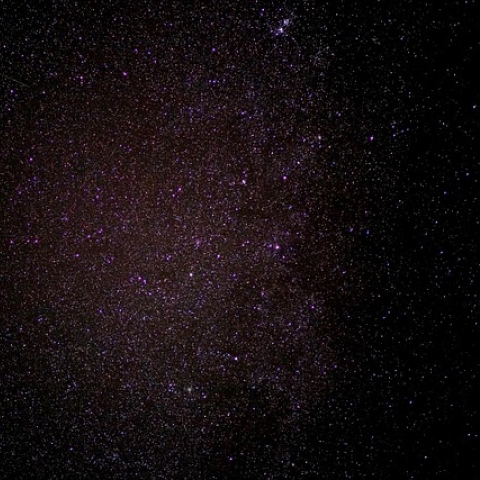
Portsmouth experts react to Euclid telescope images
Two University of Portsmouth experts who worked on Euclid, the European Space Agency’s six-year mission to map the dark universe, have reacted to the first full-colour images of the cosmos released today.
7 November 2023
4 min read
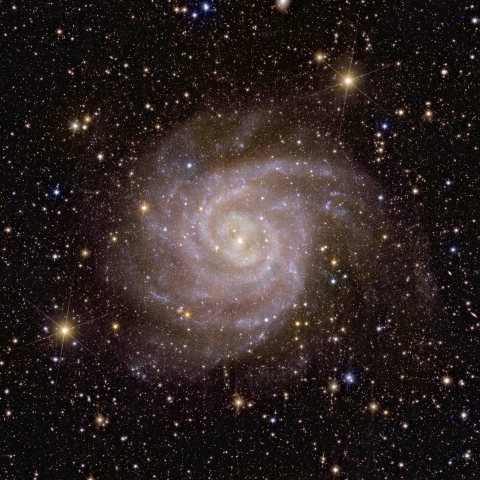
University of Portsmouth selected to take part in European Space Agency challenge
The University of Portsmouth is one of three institutions across Europe chosen to take part in a challenge to design a space mission within five days.
4 October 2023
5 min read
